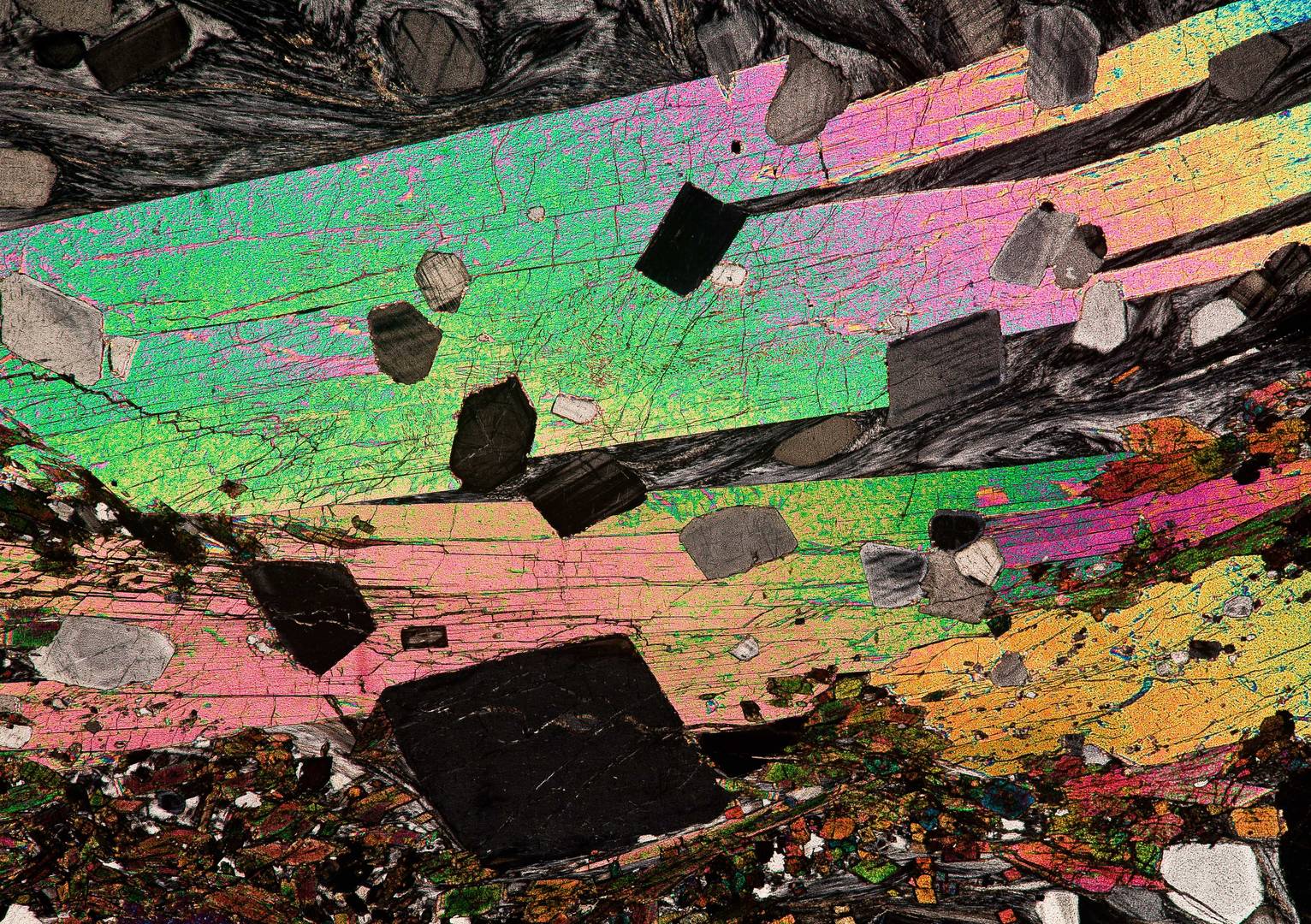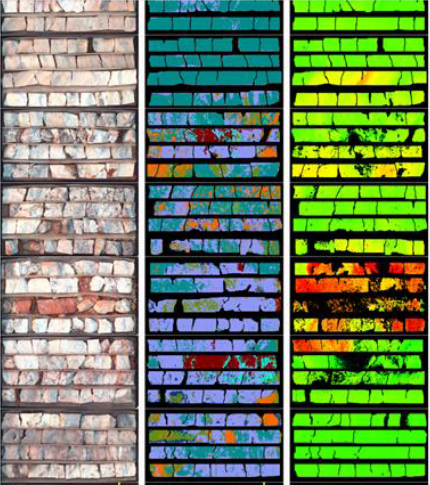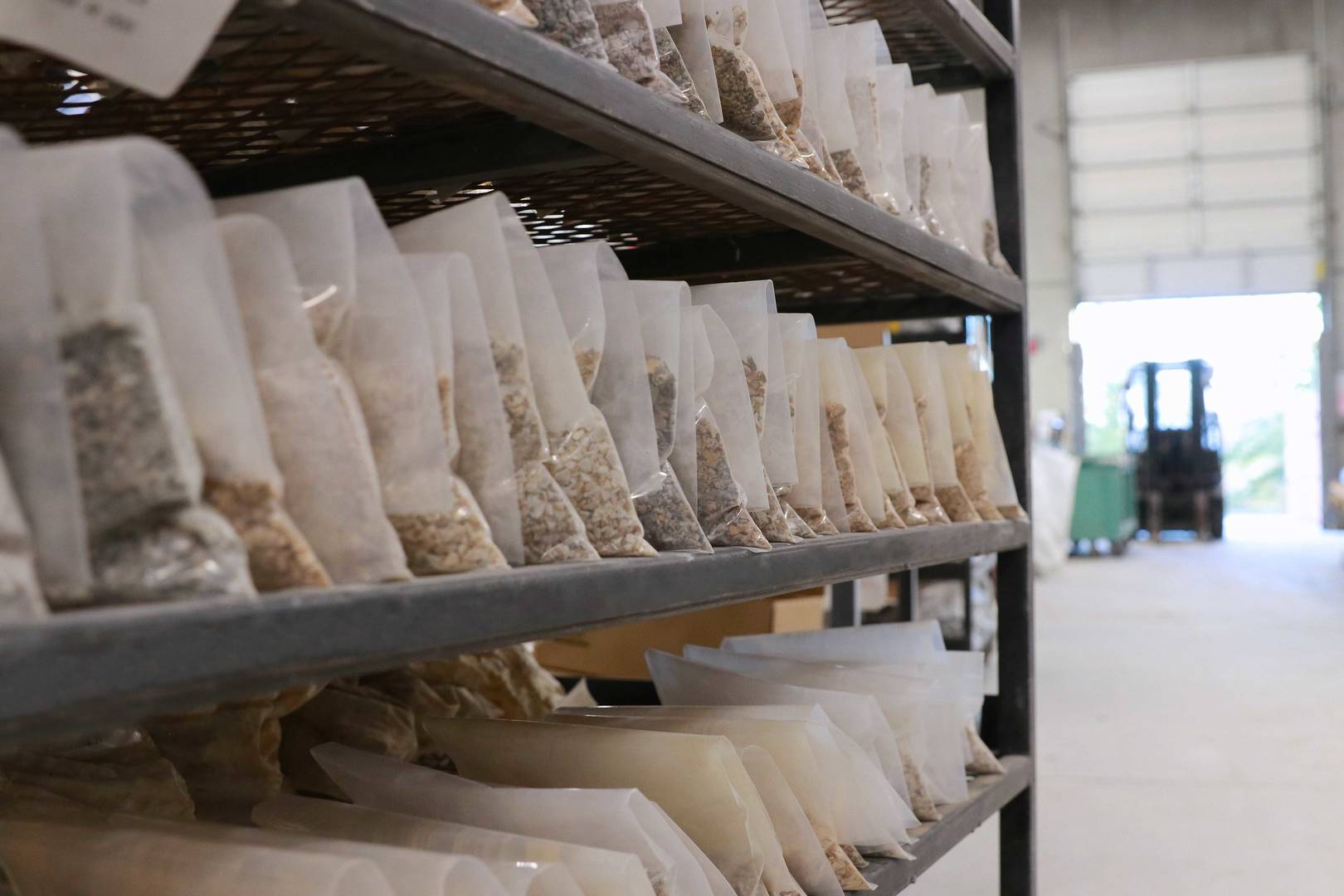Interpreted outputs following spectral data collection include spectral mineral matches and
calculated indices. The spectral mineral match is basically where the spectra of a sample is
compared to known materials in a database, and the best or most likely mineral in the sample is
estimated. Often, the two closest mineral matches can be provided for both the VIS and SWIR
regions. Of course, this only applies to the minerals having diagnostic features in the VIS or
SWIR regions.
Spectral indices are typically numerical outputs that relate to things such as the wavelength of a
spectral feature (e.g. at peak maxima), the width of a feature, the depth of a feature or the ratio
of one feature to another. These indices can be used to infer the composition of some minerals
(e.g. Fe-rich, intermediate or Mg-rich chlorites), relative spectral abundance, and even the
amount of water incorporated into the crystal structure. In turn, this data may sometimes be
used to infer the likely character of the hydrothermal fluid from which they formed, including
relative temperature, pH and redox potential.
 Search
Search
 English
English
 Login
Login


























































